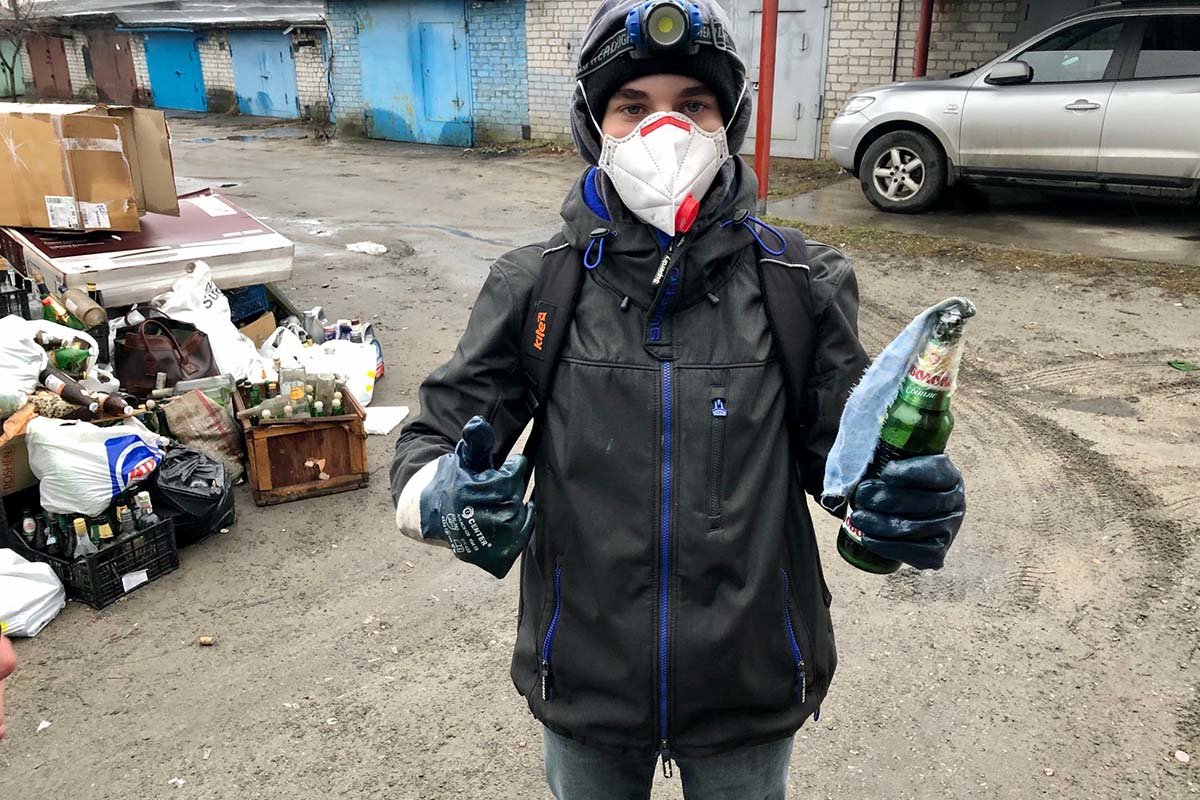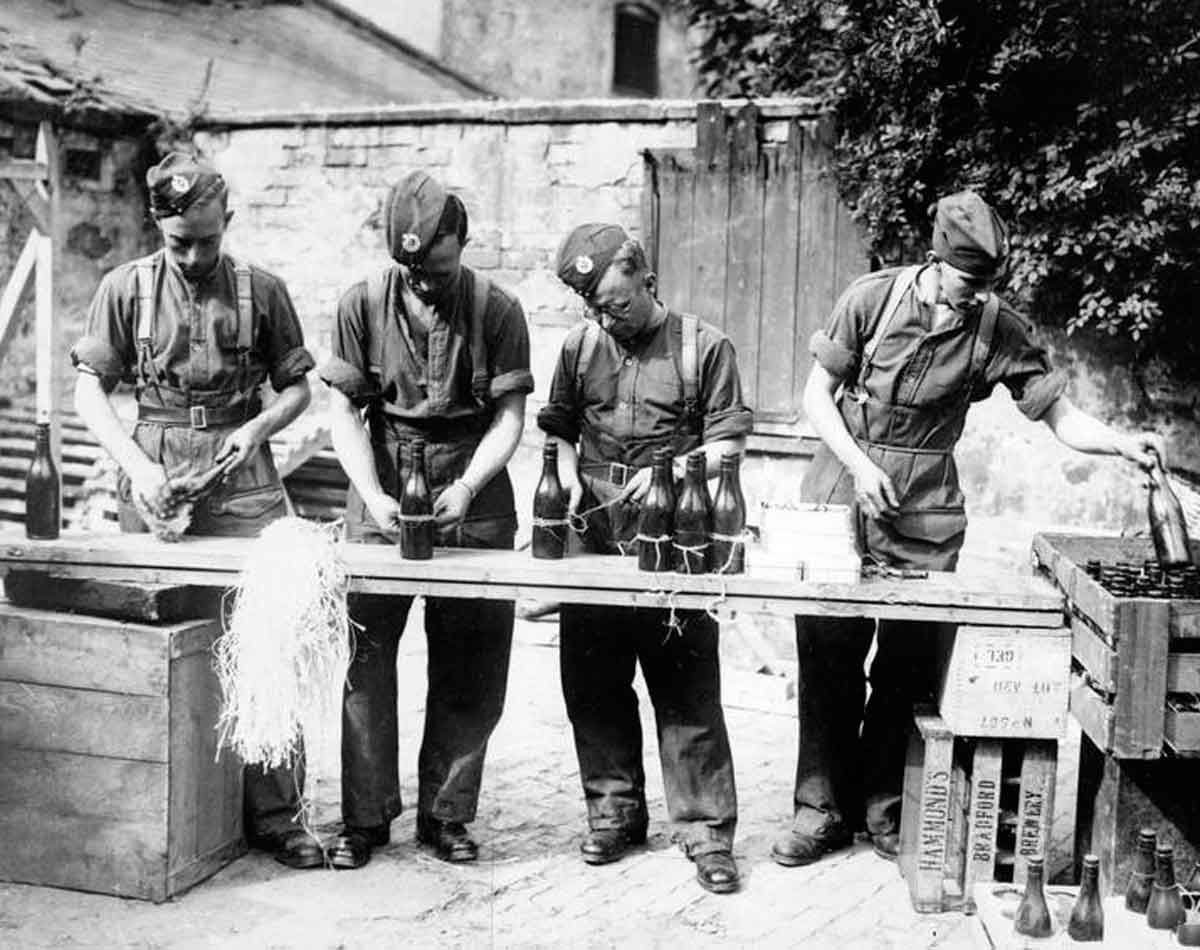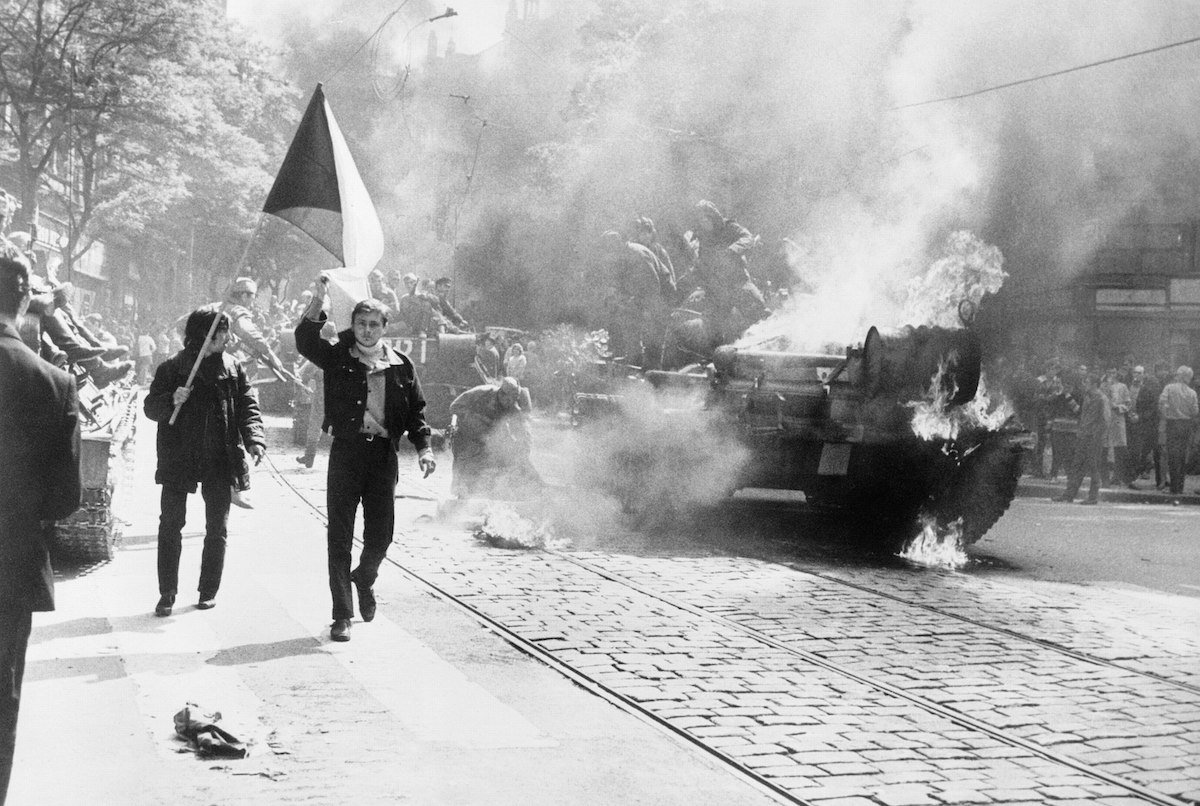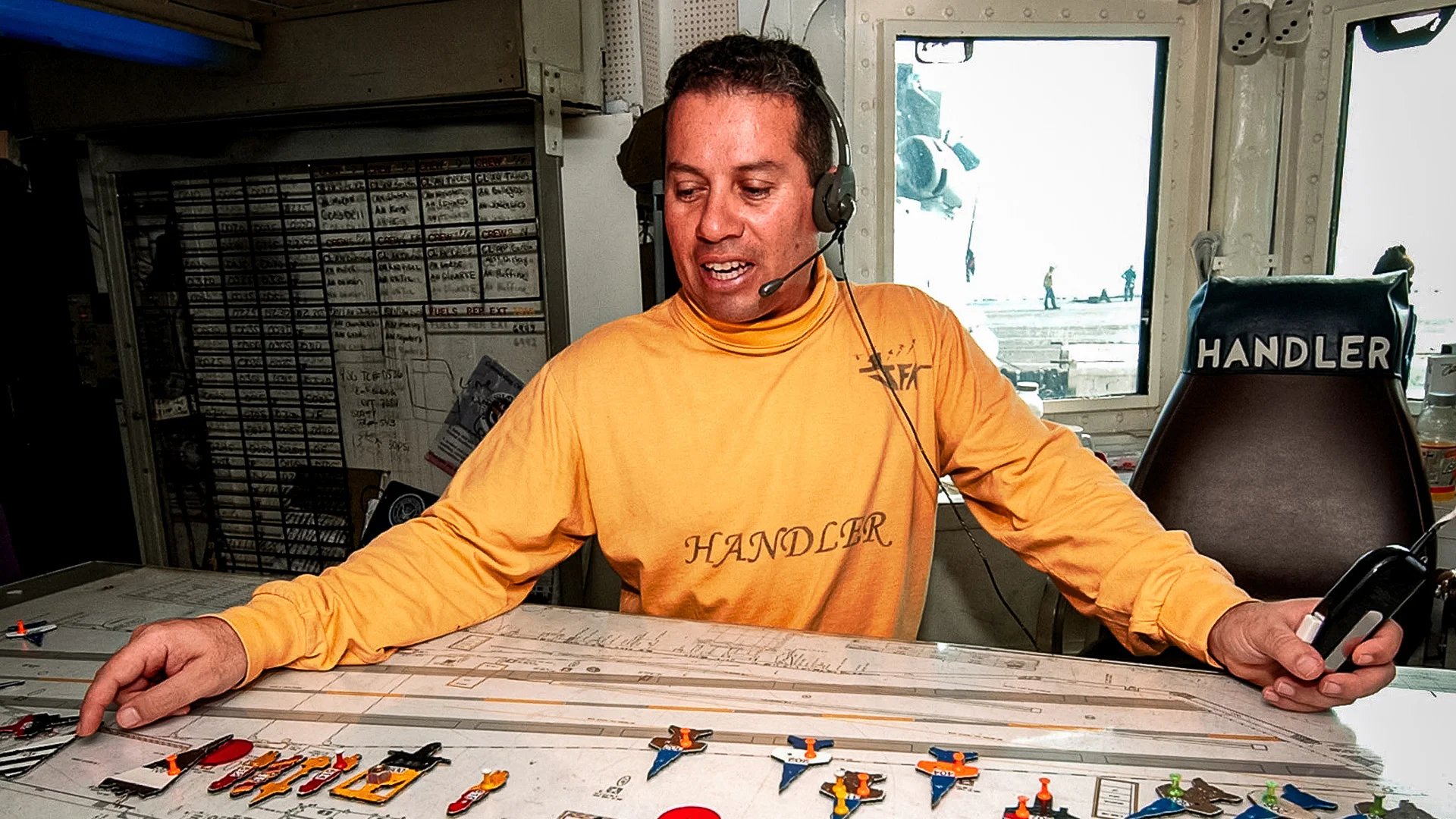Hurling Molotov Cocktails at Russian Tanks — a Grand European Tradition

A local Ukrainian resistance unit stocks up on Molotov cocktails Wednesday, March 2, 2022. Photo by Nolan Peterson/Coffee or Die Magazine.
As Russian forces descend on Kyiv, the capital city of Ukraine, residents have met them with barrages of Molotov cocktails. Average Ukrainians — including the owners of Lviv-based Pravda Brewery — have emptied bottles of beer and liquor to fill them with gasoline, stuffing in rags as fuses.
From Finland to Hungary to Czechoslovakia, Eastern Europeans have a long history of chucking the iconic handheld petrol bombs at advancing Russian armor, so much so that the improvised device’s name is taken from a Russian leader known for lying about bombing civilians.
When lit on fire and thrown against a target — or into the interior of a tank itself — the bottle shatters and creates a blanket of flames that are difficult to extinguish. The improvised anti-tank weapon hasn’t changed much since its use against Russian invaders dating back to the 1930s, and it has been used by experienced soldiers, untrained members of resistance militias, and even children.

Although firebombs have seen action in combat for centuries, the Spanish Civil War fought between 1936 and 1939 saw the emergence of incendiary devices used against armored vehicles. Gasoline bombs were wrapped in blankets and tossed in front of tanks to disable their tracks.
“The blanket should catch in the tracks or in a cog-wheel, or wind itself round an axle,” T.H. Wintringham told Picture Post magazine in 1940, according to the Marxists Internet Archive. “The bottle will smash, but the petrol should soak the blanket well enough to make a really healthy fire which will burn the rubber wheels on which the tank track runs, set fire to the carburettor or frizzle the crew.”
The bombs got their nickname from a Russian radio host who, broadcasting to Finland during the Winter War, would lie about Russian airstrikes. Soviet Minister of Foreign Affairs Vyacheslav Molotov told listeners that bombardments in Finland were not bombs but humanitarian aid. However, Finns knew that the Russians were dropping 7-foot cylinders filled with scores of incendiary bombs, and they cheekily dubbed the Soviet bombs “Molotov picnic baskets” or “Molotov bread baskets.” They promised to respond with some “Molotov cocktails” — bombs of their own.
Soon afterward, elite Finnish ski troops discovered that the Molotovs were perfect weapons for light and agile forces outmaneuvering the clunky Russian tanks traveling through snow. The Finns’ white fatigues served as camouflage as they roamed the snowy forests to set up ambushes against Soviet troops, executing drive-by ski bombings as they threw satchel charges and Molotov cocktails into the tanks’ exhaust openings.
The Finnish Army, in a classic David versus Goliath matchup, killed an estimated 200,000 to 300,000 Russians while suffering an estimated 50,000 to 65,000 losses of their own.
Hungarians later learned the effectiveness of Molotov cocktails during the Battle of Budapest amid the 1956 Hungarian Revolution.
Вразливі місця ворожої техніки. Бий окупанта! Разом переможемо!https://t.co/L4e2u1BMGx pic.twitter.com/g64CdCvgZI
— Генеральний штаб ЗСУ (@GeneralStaffUA) February 28, 2022
“The trick in knocking out a tank is to get close enough,” a 17-year-old boy told Katharine Clark from the International News Service in December 1956. “It’s always a problem of getting close enough so you can throw your cocktail and make it pay.”
The resistance in Budapest saw men, women, and even children armed with rifles, Tommy guns, and Molotov cocktails battle between 1,000 and 1,500 Soviet tanks.
“Not all of the invading Russian troops fought the Hungarians,” Clark writes in another article with the sensational headline “Boys and Girls Fight Russian Tanks: ‘Molotov Cocktails’ Used Against Red Guns; Barracks Was ‘Alamo’ of the Revolution.”
“Some couldn’t stomach the slaughter of civilians, and deserted, turning their weapons over to the freedom fighters,” she adds.

The Molotov was also a favorite of resistance groups during the “Prague Spring” of 1968 in Czechoslovakia, when the Kremlin sent in tanks to put down a popular uprising.
Molotov cocktails remain effective against Russian armor even in the 21st century, evidenced by Ukrainian officials’ instructions to its citizens. A verified Twitter account of the general staff of Ukraine’s Armed Forces tweeted out information showing civilians the critical areas of Russian tanks and armored vehicles to target.
“Beat the occupier!” the tweet exclaims, according to a translation by the Daily Mail. “Let’s win together!”
Read Next:

Matt Fratus is a history staff writer for Coffee or Die. He prides himself on uncovering the most fascinating tales of history by sharing them through any means of engaging storytelling. He writes for his micro-blog @LateNightHistory on Instagram, where he shares the story behind the image. He is also the host of the Late Night History podcast. When not writing about history, Matt enjoys volunteering for One More Wave and rooting for Boston sports teams.
BRCC partners with Team Room Design for an exclusive T-shirt release!
Thirty Seconds Out has partnered with BRCC for an exclusive shirt design invoking the God of Winter.
Lucas O'Hara of Grizzly Forge has teamed up with BRCC for a badass, exclusive Shirt Club T-shirt design featuring his most popular knife and tiomahawk.
Coffee or Die sits down with one of the graphic designers behind Black Rifle Coffee's signature look and vibe.
Biden will award the Medal of Honor to a Vietnam War Army helicopter pilot who risked his life to save a reconnaissance team from almost certain death.
Ever wonder how much Jack Mandaville would f*ck sh*t up if he went back in time? The American Revolution didn't even see him coming.
A nearly 200-year-old West Point time capsule that at first appeared to yield little more than dust contains hidden treasure, the US Military Academy said.
Since the 1920s, a low-tech tabletop replica of an aircraft carrier’s flight deck has been an essential tool in coordinating air operations.












